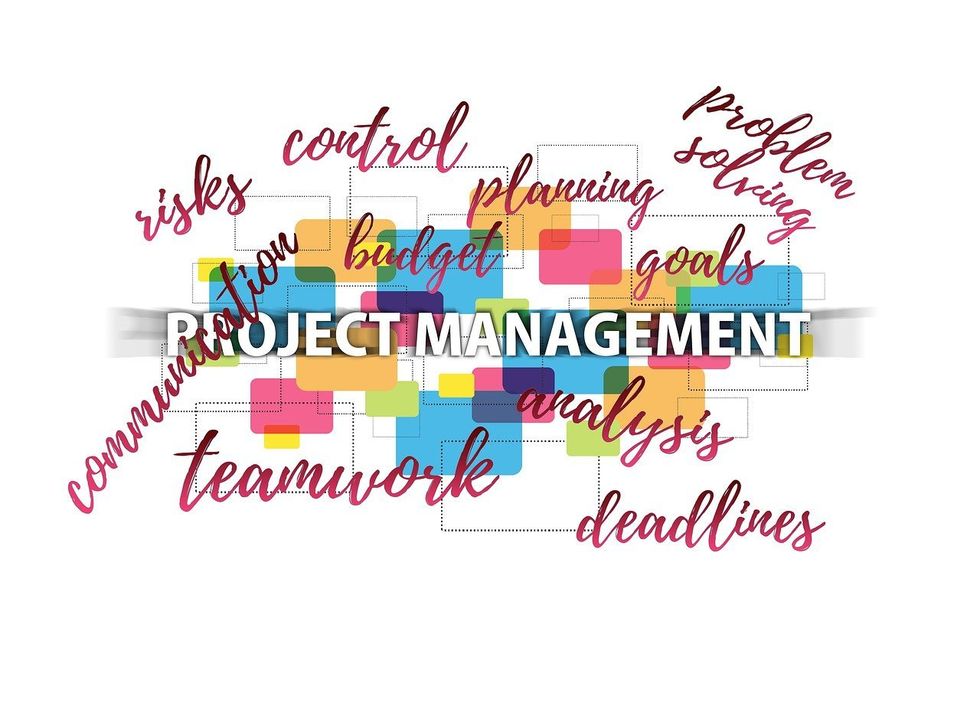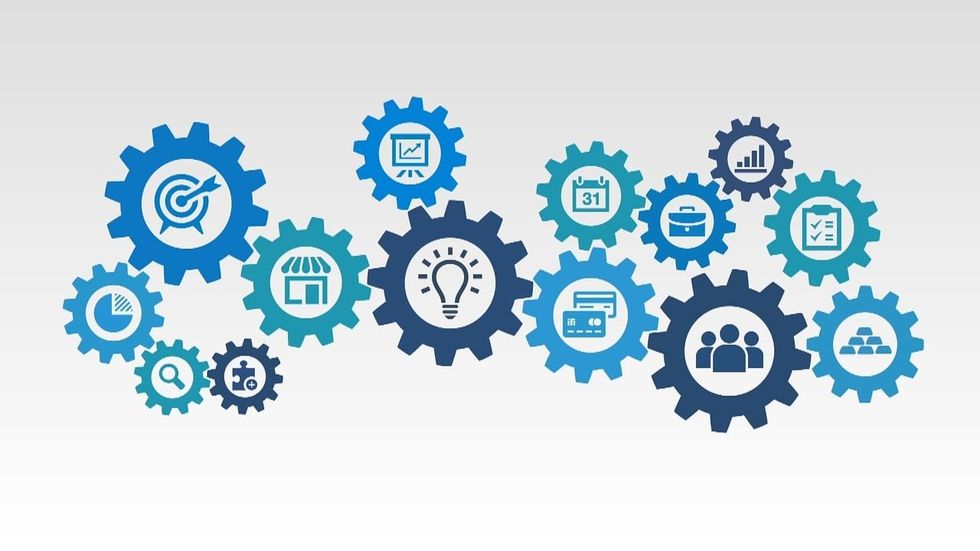
If you are confused about the differences between project and program management, don't worry, you are not alone. Many people use these terms interchangeably, but they are two methods organizations use to oversee projects and achieve business objectives. Although project and program management are interrelated, each plays a unique role in handling projects and has different objectives. Let's start by first defining what we mean by each term.
Project management is the process of planning, executing, monitoring, and closing a specific project within a defined time frame, budget, and scope. A project is a temporary endeavor that produces a unique product, service, or result. Examples of projects are developing a new software application, launching a marketing campaign, or building a bridge.
Program management coordinates and aligns multiple related projects with a common goal or benefit. A program is a group of projects that are interdependent or complementary to each other. Examples of programs are implementing a new business strategy, improving customer satisfaction, or expanding into new markets.
Project Management: The Benefits, Challenges, Best Practices, & Tools for Success

Ok, now that we have defined each term, let's compare and contrast each of these disciplines in terms of their benefits, challenges, best practices, and tools. We'll begin with project management.
Benefits of project management:
- Improved efficiency and effectiveness in delivering project outcomes.
- Enhanced communication and collaboration among project team members and stakeholders.
- Reduced risks and uncertainties associated with project execution.
- Increased customer satisfaction and loyalty.
Challenges of project management:
- Managing multiple tasks and dependencies within a project.
- Balancing competing demands for scope, time, cost, and quality.
- Dealing with changes and issues that arise during project execution.
- Ensuring alignment of project objectives with organizational strategy.
Best practices for project management:
- Defining clear and realistic project goals and scope.
- Developing a detailed project plan that covers all aspects of project delivery.
- Establishing a robust governance structure that defines roles, responsibilities, and decision-making authority.
- Monitoring and controlling project performance using appropriate metrics and tools.
- Closing the project by ensuring all deliverables are accepted, and lessons learned are documented.
Tools for project management:
- Project charter: A document that formally authorizes a project and defines its objectives, scope, stakeholders, assumptions, and constraints.
- Work breakdown structure (WBS): A hierarchical decomposition of the project scope into manageable deliverables.
- Gantt chart: A graphical representation of the project schedule that shows the start and finish dates of each activity.
- Risk register: A log that identifies potential risks that may affect the project outcomes along with their probability, impact, and mitigation strategies.
Program Management: The Benefits, Challenges, Best Practices, & Tools For Success

Let's now go through the benefits, challenges, best practices, and tools for program management. You will now see the similarities and differences between project and program management.
Benefits of program management:
- Provides a holistic view of the program's progress, performance, and outcomes.
- Enables better decision-making based on real-time data and insights.
- Facilitates communication and collaboration across project teams and stakeholders.
- Simplifies resource allocation and prioritization across projects.
- Enhances quality assurance and risk mitigation at the program level.
Challenges of program management:
- Requires a high level of leadership skills and stakeholder engagement.
- Involves managing multiple scopes, schedules, budgets, and deliverables simultaneously.
- Demands a flexible and adaptive approach to deal with changes and uncertainties.
- Entails a more significant amount of documentation and compliance requirements.
Best practices of program management:
- Define a clear vision and scope for the program that aligns with the organizational strategy.
- Establish a robust governance structure that defines the program's roles, responsibilities, processes, and standards.
- Develop a comprehensive program plan that covers all aspects of the program lifecycle: initiation, planning, execution, monitoring, and closure.
- Implement effective communication strategies that keep all stakeholders informed and engaged throughout the program.
- Monitor and control the program's performance using key performance indicators (KPIs) and metrics that measure progress, quality, and value.
Tools of program management are:
- Online program management software that can help coordinate the management of multiple projects in real time, such as Wrike or Asana. These tools allow program managers to create program governance groups, assign and schedule work for project teams, track and visualize project interdependencies, and generate reports and dashboards for analysis.
- Gantt charts can help break down programs into phases and drill into their project components to the task level. These tools allow program managers to use real-time data as input for their decision-making process, which is a program management best practice.
Project Management vs. Program Management: Which Is Right For You And Your Organization?

Project management and program management are different but related processes that help organizations achieve their desired outcomes through the effective initiation, planning, execution, monitoring, and closure of various initiatives.
Each process has its benefits, challenges, best practices, and tools that require different skills, knowledge, and competencies from the managers involved.
Improving organizational performance requires professionals to understand the differences between these processes and apply them appropriately relative to the nature, scale, and complexity of the company's strategic initiatives.
For detailed information about project and program management, please visit the Project Management Institute website to learn how to become a certified practitioner in these areas, join a local chapter, and much more.
P.S. If you like this article, check out this previous article in the series that explains the difference between digital transformation and change management.
- 8 Things You Need To Know About Project Management Right Now ›
- Change Management vs. Management Of Change: Test Your Knowledge ›
- 5 Common Project Management Interview Questions ›
- Member Spotlight: Bharat Kirthivasan, Project/Program Management ›
- Mastering The Art Of Stakeholder Management - Work It Daily ›

 Bigstock
Bigstock Bigstock
Bigstock Bigstock
Bigstock


